12 School Rules From The 60s That Would Shock Today’s Kids
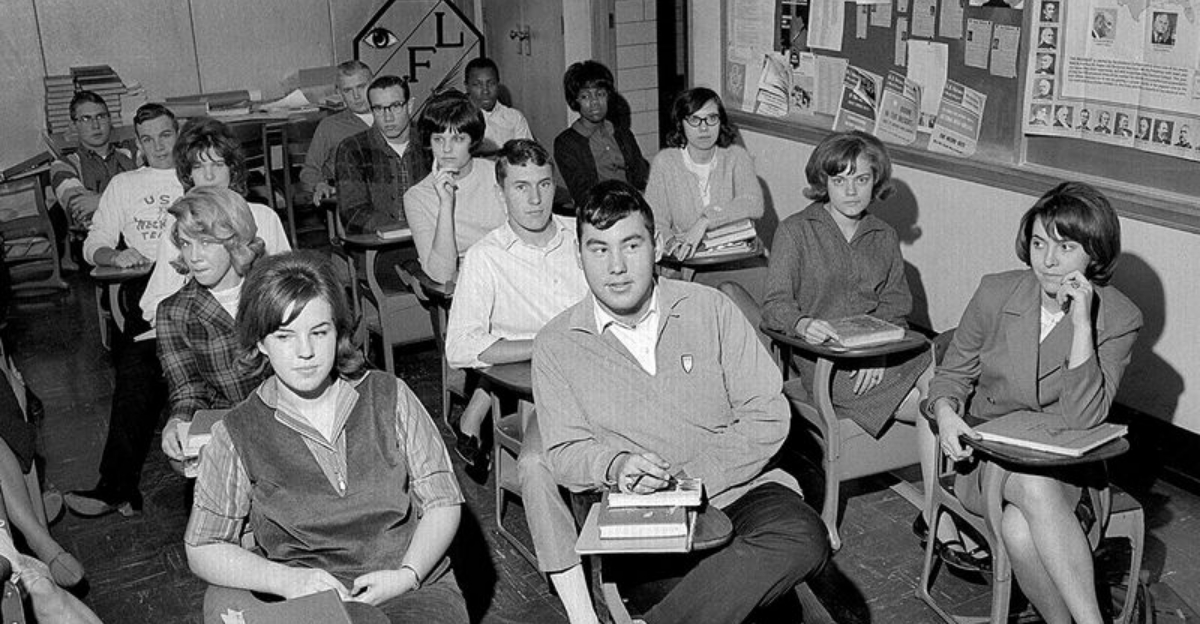
The 1960s was an era of cultural revolution, yet schools remained bastions of discipline, enforcing rules that might seem downright bizarre to today’s students.
From ultra-strict dress codes to rigid classroom etiquette, the rules were as unyielding as a teacher’s glare during a pop quiz. Talking out of turn? Detention. Skirt above the knee? Sent home. Hair too long for boys?
Time for a trim! While some of these regulations were meant to instill discipline, others now seem hilariously outdated. Let’s take a fun yet insightful dive into 12 strict school rules from the ‘60s that would shock today’s kids!
1. Strict Dress Codes
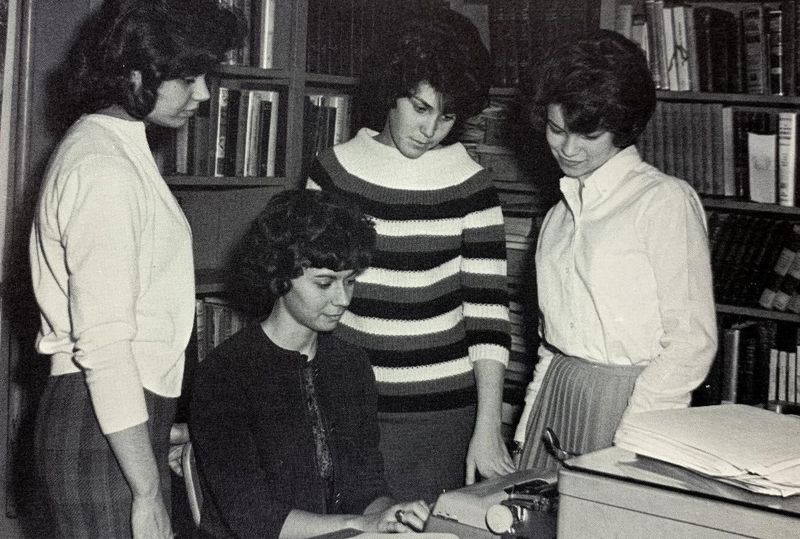
Imagine getting dressed for school meant donning a blazer, tie, or a knee-length skirt.
In the 60s, students were expected to maintain a formal appearance, akin to young professionals. Boys wore ties and blazers, while girls donned skirts, with hemlines strictly monitored.
The emphasis on appearance was seen as a way to instill discipline and respect. These days, casual wear reigns supreme, with hoodies and jeans taking center stage. Students today might balk at the idea of ironing their shirts or polishing shoes daily, a standard routine back then.
2. Corporal Punishment

The notion of a teacher wielding a cane today sounds more like a medieval threat than a school policy.
Yet, in the 60s, corporal punishment was a cornerstone of discipline. Teachers were permitted to administer physical punishment for misbehavior, a practice largely abolished today.
The philosophy was simple: spare the rod, spoil the child. While modern education emphasizes understanding and empathy, back then, fear was used as a primary motivator. Today’s kids would likely be appalled at the idea of a teacher with a cane in class.
3. No Talking in Class
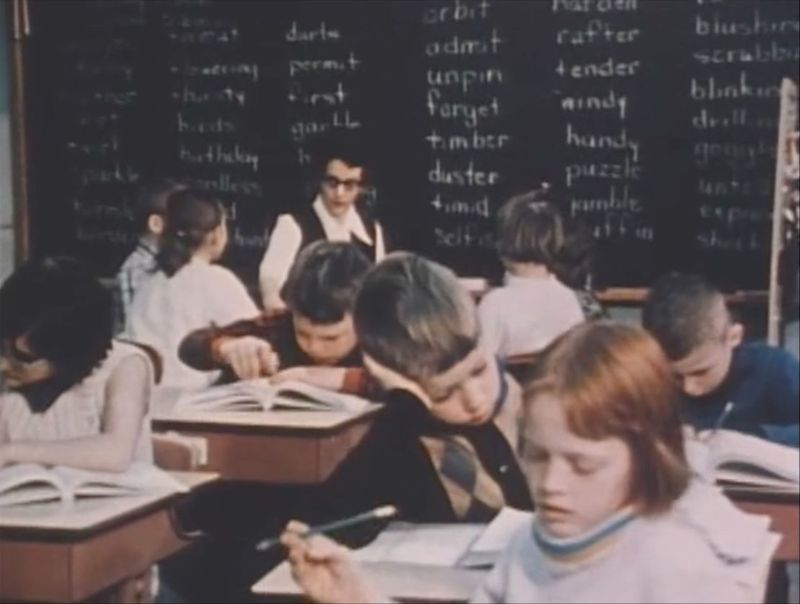
Silence was golden in the 1960s classroom. Students were expected to sit quietly, refraining from speaking unless spoken to. The classroom was a place for listening, not chatting or sharing ideas freely.
This rule aimed to maintain order and focus, but would now seem stifling to students accustomed to interactive and collaborative learning.
Group discussions and peer interactions are encouraged in modern classrooms, making the 60s rule feel like a relic of a bygone era, where individuality was often suppressed.
4. Gender-Specific Classes

In the 60s, the subjects you studied could depend on your gender, reinforcing societal roles. Boys were often steered toward woodshop and technical skills, while girls found themselves in home economics, learning cooking and sewing.
This segregation reflected the era’s gender expectations, guiding students into traditional roles. Today, such divisions are mostly eradicated, with equal opportunities available regardless of gender.
The idea of gender-specific classes would shock modern students, who are encouraged to pursue interests based on passion, not gender.
5. Mandatory Pledge of Allegiance
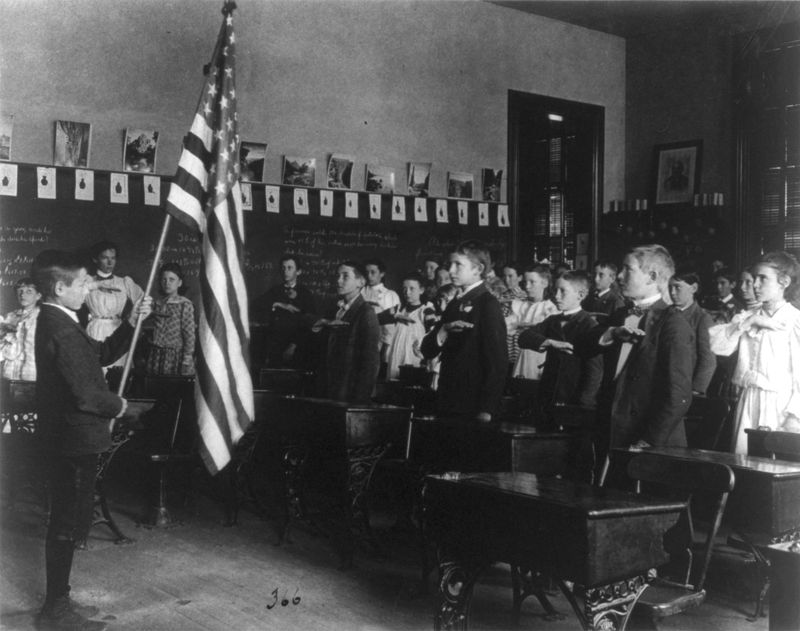
Every school day in the 60s began with a collective recital of the Pledge of Allegiance. This daily ritual was intended to instill patriotism and unity among young students. It was as routine as the morning bell.
Today, the practice varies widely, with many schools offering options to opt-out. While still prevalent, the compulsory nature has softened, adapting to diverse beliefs and backgrounds.
Modern students might find the mandatory aspect a bit overwhelming, especially in a world where individual expression is highly valued.
6. No Chewing Gum

Chewing gum was the ultimate taboo in 1960s schools. A student caught chewing gum might find themselves in detention or scrubbing desks after hours. Teachers believed it distracted from learning and promoted a lackadaisical demeanor.
Fast forward to today, and gum is often seen as a harmless way to freshen breath or even aid concentration.
The zero-tolerance stance on gum seems laughable now, especially when compared to the freedom students enjoy today. The thought of such strictness over a piece of gum would astonish today’s kids.
7. No Running in the Halls
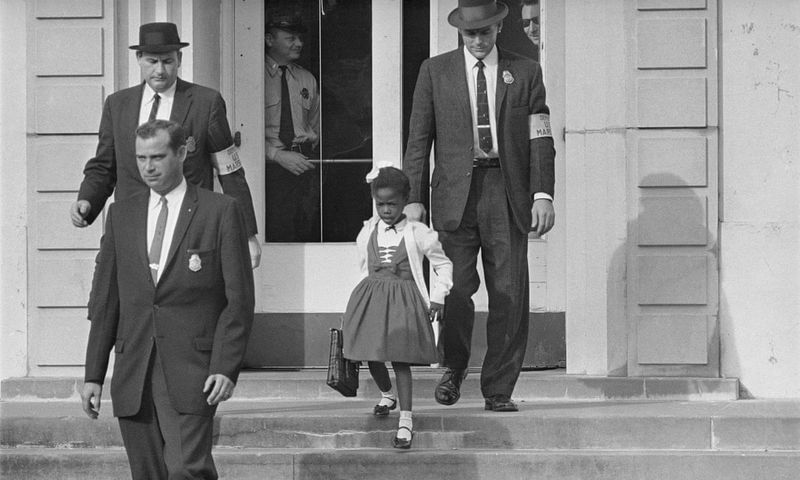
Schools in the 60s enforced the ‘No Running in the Halls’ rule with military precision. Students were expected to walk, maintaining decorum and avoiding chaos. Hall monitors were ready to pounce on any sprinting offenders.
Today, while safety is still important, schools often show more leniency, understanding the energy and exuberance of youth.
The strict enforcement of walking might seem overly rigid to modern students, who are used to a more relaxed approach to movement between classes.
8. Cursive Handwriting Only
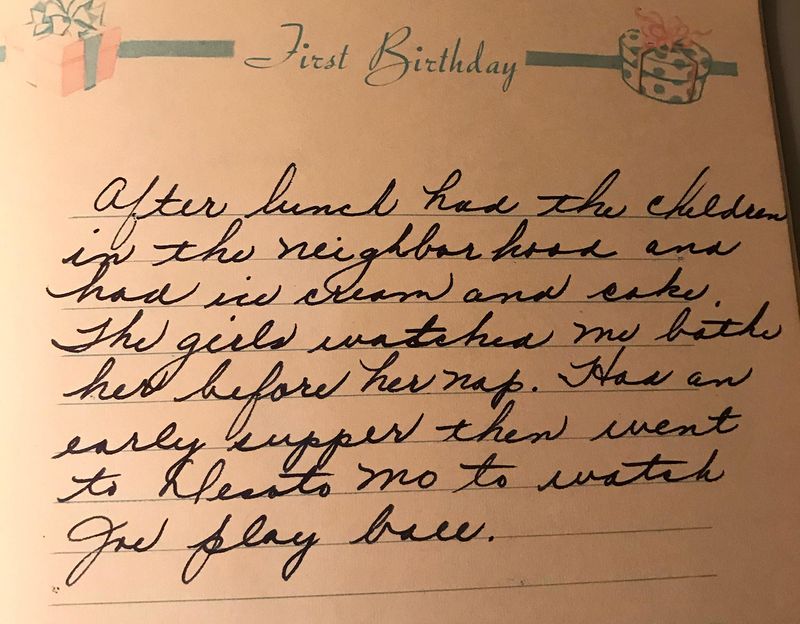
The elegance of cursive writing was a non-negotiable skill in the 60s. Students spent countless hours perfecting their loops and swirls, as neat handwriting was a hallmark of a good student.
Today, digital literacy often takes precedence, with typing skills more valued than penmanship. Many young people might struggle to read cursive, let alone write it.
The emphasis on cursive would surprise today’s kids, who are more likely to wield a keyboard than a fountain pen for their assignments.
9. Single-Sex Schools
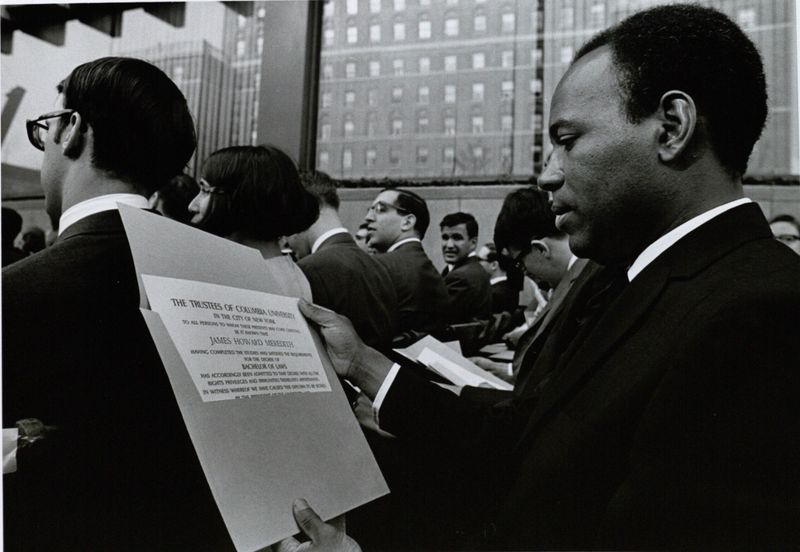
The practice of single-sex schools was widespread in the 60s, based on the belief that it enhanced focus and learning. Boys and girls studied separately, often in different buildings.
While such institutions still exist, they are less common, with co-educational schools being the norm. Today’s students value mixed-gender environments for social interaction and balanced perspectives.
The idea of strict segregation based on gender might feel alien to them, accustomed as they are to diverse and inclusive classrooms.
10. Limited Subject Choice
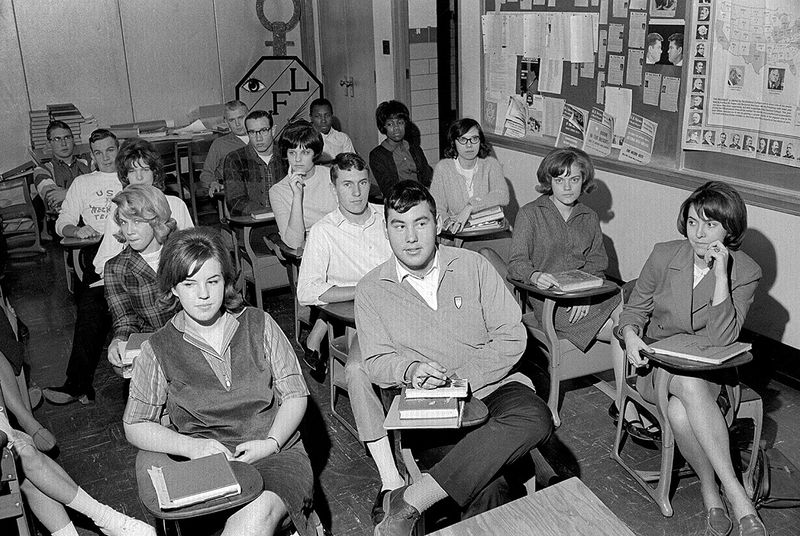
In the 60s, students often faced a limited selection of subjects, with core subjects dominating the curriculum. Electives were rare, and creative or vocational subjects were often sidelined.
Today’s students enjoy a smorgasbord of options, from digital arts to environmental science, fostering diverse interests and talents. The narrow focus of 60s schooling seems restrictive by comparison, with modern education emphasizing personalization and student choice.
The lack of variety would likely surprise today’s students, accustomed to tailor-made learning journeys.
11. Detention for Hair Length
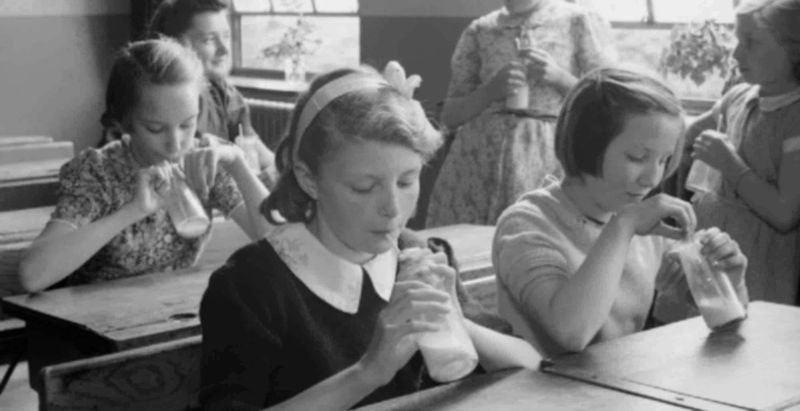
Hair length could land you in detention in the 60s, especially for boys. Schools enforced strict grooming standards, with long hair seen as rebellious and inappropriate. Detentions were dished out like candy for non-compliance.
Today, personal expression is encouraged, and hair length is often a non-issue.
The rigid rules around appearance would baffle students today, who are free to experiment with hairstyles without fear of punishment. The shift from such severe regulations to the freedom of expression is quite striking.
12. No Talking Back
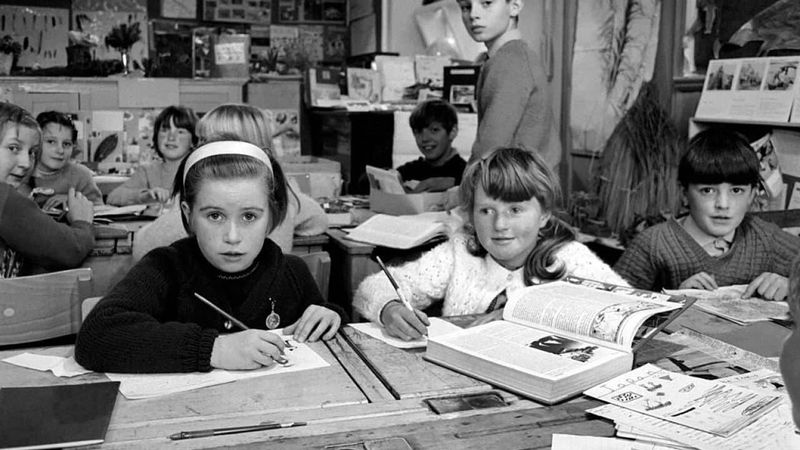
In the 60s, questioning authority was not an option. Students were expected to show utmost respect to teachers, with talking back considered a serious offense. Repercussions included detention or worse.
Modern education encourages questions and dialogues, promoting critical thinking and confidence.
The idea of not being able to express disagreement would feel oppressive to today’s students, who are taught to value open conversations. This cultural shift towards empowerment and communication marks a significant change from the past.
